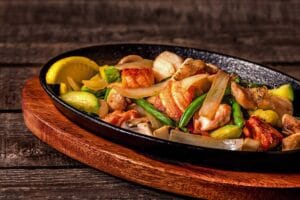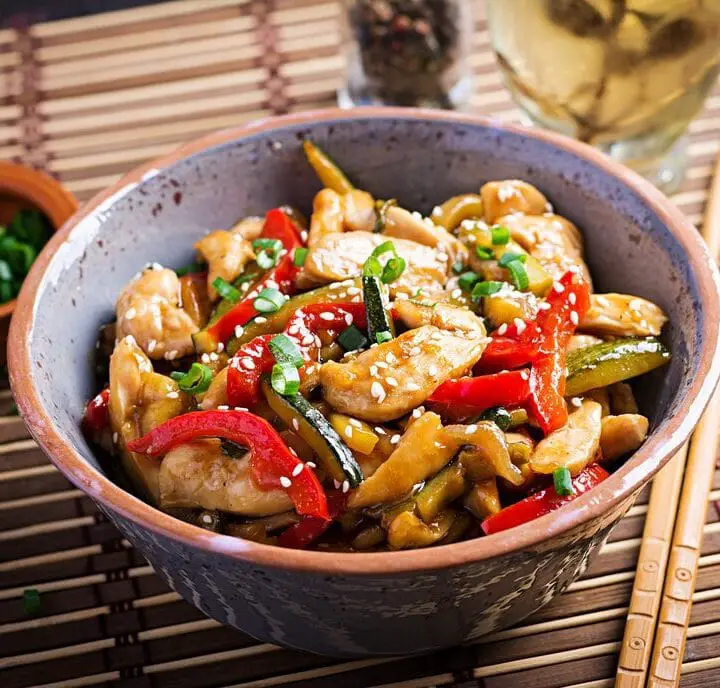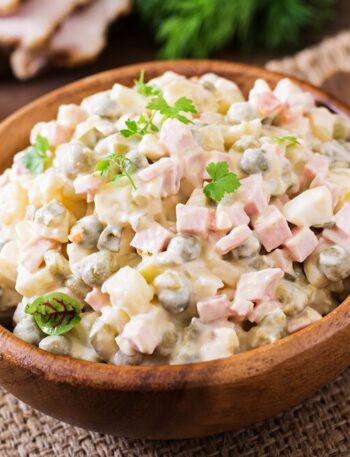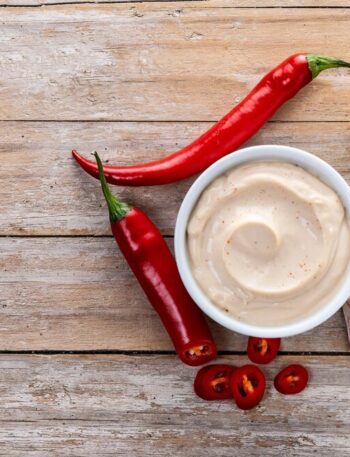Hibachi Chicken Recipe is one of the most iconic and beloved dishes in Japanese cuisine, celebrated for its bold flavors, tender texture, and the dramatic flair of its preparation. This dish combines juicy chicken with the rich, smoky notes of soy sauce, sesame oil, and freshly minced garlic, creating a meal that’s both simple and unforgettable. The vibrant medley of grilled vegetables, buttery fried rice, and signature dipping sauces like Yum Yum sauce elevates it into a true Japanese steakhouse experience.
Whether you’re a devoted fan of Japanese steakhouses or eager to bring restaurant-quality dishes to your own table, mastering hibachi chicken is a game-changer for home cooks. With its perfect balance of flavors and its adaptability to different proteins or dietary preferences, hibachi chicken is a dish that pleases everyone, making it ideal for family dinners, gatherings, or even special occasions.
This guide will walk you through every step of creating authentic hibachi chicken, from selecting fresh ingredients to perfecting the grilling process. Learn the secrets behind this timeless dish and gain insights into its cultural roots. For a deeper dive into Japanese cuisine, explore this comprehensive Japanese food guide. To understand how hibachi cooking stacks up against other traditional grilling methods, visit this guide on Japanese grilling techniques. Let’s get started and bring the sizzling magic of hibachi to your kitchen!
Ingredients for Hibachi Chicken Recipe
To recreate the iconic flavors of hibachi chicken, you’ll need the following ingredients:
Main Ingredients
- Chicken: Boneless, skinless chicken breasts or thighs, cut into bite-sized pieces.
- Vegetables: Zucchini, onions, mushrooms, and carrots sliced uniformly for even cooking.
- Rice or Noodles: Cooked white rice or noodles such as yakisoba.
For more flavors check out our Caldo De Pollo Recipe
Seasonings and Sauces
- Soy sauce: Adds depth with its umami flavor.
- Sesame oil: A must for its nutty aroma.
- Garlic and ginger: Freshly minced for a robust kick.
- Butter: For richness and authenticity.
- Salt and pepper: To taste.
Dipping Sauces
- Yum Yum Sauce: A creamy, slightly tangy sauce often paired with hibachi chicken. Try making your own with this Yum Yum Sauce Recipe.
- Ginger Sauce: A tangy dipping sauce that adds a refreshing contrast to the rich chicken.

Preparing the Hibachi Chicken Recipe and Vegetables
Marinating the Chicken
- Combine soy sauce, sesame oil, minced garlic, and ginger in a bowl.
- Add the chicken pieces, ensuring they are fully coated.
- Cover the bowl and refrigerate for at least 30 minutes to allow the flavors to meld. For tips on creating perfectly marinated chicken,
Prepping the Vegetables
- Slice zucchini, mushrooms, onions, and carrots into uniform pieces to ensure even cooking.
- Lightly season with salt, pepper, and a drizzle of sesame oil for added flavor.
Preparing the Fried Rice
- In the same pan used for the chicken, add cooked rice, a splash of soy sauce, and a beaten egg.
- Stir-fry until the rice is evenly coated and heated through.
Step-by-Step Cooking Instructions
- Heat the Grill or Pan: Use a flat-top grill or a large skillet over medium-high heat. Add a tablespoon of butter and let it melt.
- Cook the Chicken: Add the marinated chicken and cook until it is golden brown and fully cooked, about 5-7 minutes.
- Add the Vegetables: Toss the vegetables onto the hot surface, stirring occasionally. Cook for 4-5 minutes until tender-crisp.
- Combine Chicken and Vegetables: Mix the chicken and vegetables, allowing the flavors to blend.
- Prepare the Fried Rice: In the same skillet, melt an additional tablespoon of butter. Add the cooked rice, soy sauce, and an egg, stirring until well combined.
Plating and Presentation
Creating the perfect presentation for your hibachi chicken can elevate the dining experience and make your homemade dish feel like it’s straight from a Japanese steakhouse. To achieve a professional touch, follow these steps:
- Plate the chicken, vegetables, and fried rice side-by-side: Arrange them neatly in separate sections on a warm plate. This not only ensures visual appeal but also allows each element of the dish to shine on its own.
- Garnish for authenticity: Sprinkle a generous pinch of toasted sesame seeds and finely chopped green onions over the dish. These small details add color, texture, and a subtle flavor boost that mirrors restaurant-style plating.
- Serve with dipping sauces: Place small bowls of Yum Yum Sauce and Ginger Sauce alongside the plate for dipping. Offering these sauces separately allows diners to customize each bite to their liking, adding variety to the meal.
To further enhance your presentation, consider using traditional Japanese-style plates or bowls for an authentic aesthetic. Pair the meal with chopsticks and a small side of pickled ginger or wasabi for a complete Japanese dining experience. For a detailed guide on preparing the perfect fried rice to accompany your dish, see How to Make Fried Rice at Home.
Tips for Authentic Flavor
Bringing the bold, smoky flavors of hibachi chicken into your kitchen requires attention to detail in both preparation and cooking:
- Use high heat: High heat is essential for creating the iconic sear on the chicken and vegetables, locking in their natural juices while adding a slight char for extra flavor.
- Butter and soy sauce combination: Adding a mixture of butter and soy sauce during cooking enhances richness and creates the signature umami taste associated with hibachi meals.
- Fresh ingredients: Always choose the freshest chicken, vegetables, and seasonings to ensure vibrant flavors and optimal texture in every bite.
Variations of Hibachi Chicken Recipe
Hibachi chicken is versatile and can be easily customized to suit different tastes and dietary preferences. Here are some popular variations to try:
Protein Alternatives
- Hibachi Shrimp: Substitute chicken with shrimp for a lighter, seafood option. Shrimp cooks quickly and absorbs hibachi flavors beautifully.
- Hibachi Steak: Use tender cuts of beef like sirloin or ribeye for a heartier version of hibachi. Slice thinly for even cooking and pair with the same sauces and sides.
- Tofu or Plant-Based Options: For vegetarians, firm tofu is an excellent substitute. It holds up well during cooking and takes on the bold flavors of hibachi seasoning.
Sides and Add-Ons
- Swap fried rice for noodles: Stir-fried noodles like yakisoba or udon provide a satisfying alternative to rice, offering a chewy texture that pairs wonderfully with hibachi flavors.
- Expand your vegetable selection: Include snap peas, bell peppers, or even bok choy to add variety and color to your dish. Lightly season and cook them alongside the main ingredients for a balanced meal.
For more ideas on vegetarian-friendly adaptations, explore our Vegetarian Japanese Recipes.

Health Benefits of Hibachi Chicken Recipe
Hibachi chicken is not just delicious; it’s also a versatile dish that can fit into a healthy, balanced diet when prepared thoughtfully. This Japanese favorite combines lean protein, nutrient-rich vegetables, and simple seasonings to create a meal that’s both satisfying and nutritious.
- High in protein, low in fat: Grilling the chicken keeps it lean, locking in natural flavors without the need for deep frying or heavy sauces. Chicken breast, in particular, is an excellent source of protein that helps build and repair muscle while keeping calorie counts in check. If you prefer a slightly juicier option, chicken thighs provide additional flavor with only a modest increase in fat.
- Packed with vegetables: Hibachi dishes are loaded with vibrant vegetables like zucchini, mushrooms, onions, and carrots. These ingredients not only enhance the dish’s visual appeal but also deliver a variety of essential vitamins, minerals, and fiber. Vegetables like zucchini and carrots are rich in antioxidants, while mushrooms provide selenium and B vitamins, all of which contribute to overall health.
- Customizable for health-conscious diets: Simple tweaks can make hibachi chicken even healthier. For example:
- Use low-sodium soy sauce: This reduces sodium levels significantly, making it a heart-friendly choice.
- Opt for brown rice: Substituting white rice with brown rice increases fiber intake, which aids digestion and helps maintain steady blood sugar levels. The nutty flavor of brown rice also pairs well with the smoky notes of hibachi.
- Limit butter: While butter adds richness, using it sparingly or substituting with a healthier fat like olive oil can cut down on saturated fat.
- Control portions and ingredients: Cooking at home allows you to control the quantity and quality of ingredients, ensuring your dish aligns with your dietary preferences or restrictions.
Frequently Asked Questions (FAQs)
What is the secret ingredient in hibachi?
The secret ingredient in hibachi is garlic butter. This rich and flavorful addition enhances the umami taste of the chicken and vegetables, giving the dish its signature restaurant-quality flavor. Paired with soy sauce and a splash of sesame oil, garlic butter creates the authentic taste that makes hibachi dishes so irresistible.
What seasoning do they use for hibachi?
Hibachi chefs use a combination of soy sauce, sesame oil, garlic, and ginger as their primary seasonings. These ingredients blend together to deliver the classic umami flavor associated with hibachi-style cooking. Additionally, salt and pepper are added for balance, and some recipes include a touch of teriyaki sauce for sweetness.
What do hibachi chefs squirt on chicken?
Hibachi chefs often squirt a mix of soy sauce and teriyaki sauce onto the chicken during cooking. For added flavor, they also use sesame oil and occasionally a splash of sake or mirin to create a subtle smoky aroma and enhance the overall taste of the dish.
Why is hibachi chicken so tender?
The secret to tender hibachi chicken lies in the marination process and high-heat cooking method. Marinating the chicken in a blend of soy sauce, sesame oil, and garlic breaks down the proteins, ensuring it stays juicy. Cooking on high heat sears the outside while locking in moisture, resulting in perfectly tender chicken every time.

Conclusion For Hibachi Chicken Recipe
Explore more recipes, such as Taco pasta Recipe to complement your hibachi chicken. Happy cooking!





